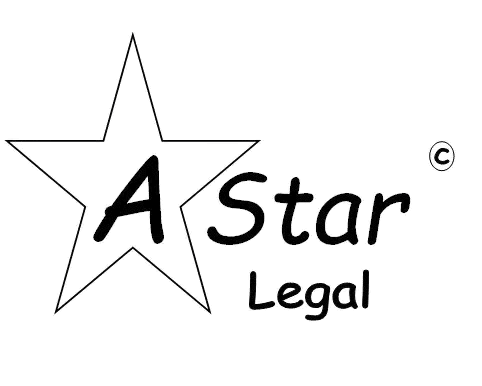Last updated on September 10th, 2024 at 11:08 am
Trademarks are the basis of a brand’s identity and act like arrows, which point customers to reliable goods or services. The world of trademarks can be extremely tricky, having so many things that could be protect. Knowing what may make up a trademark is quite critical in keeping the unique character of your brand and guaranteeing its survival on the market.
Table of Contents
ToggleThe Influence of Names
The word is the basic unit of language; it holds immense power in trademarks. BRAND NAMES like Coca-Cola, Amazon, and Microsoft become global symbols recognized instantly and synony- mized with their particular firms.
If certain requirements are met, a single word, phrase, slogan, or even a single letter can be registered by companies as a trademark. Distinctiveness is defined to mean that the word should be something more than a mere description of the products or services it represents. For instance, “Apple” is unique concerning computers, whereas “Tasty Snacks” is too generic for food products.
Not Too Complicated Similar: The word shouldn’t be too close to an already-registered trademark that it could lead to misunderstandings among customers.
Symbols and Logos: The visual elements become as important in making a brand identity. At one glance, logos, symbols, and designs deliver messages and values of a brand in visual shorthand. Think about Nike with its “swoosh” or golden arches from McDonald’s. Those icons have transcended their original purpose to become cultural touchstones.
Originality: Logos and symbols should be original and unique creations, not generic or widely used images.
Scalability: It has to perform at the optimum incidences of both ends of the spectrum—from large-format billboards to small product labels.
Sound Devices and Jingles: The Sonic Identity—Works less frequently used as trademarks compared to words and logos can be sound devices and jingles. The “ta-dum” of Netflix, the MGM lion’s roar, and the Intel jingle are some of the exceptional aural cues that have come to be identified with a brand. Indeed, to obtain trademark protection for a sound, the latter should be distinctive, non-functional, and not purely a generic noise associated with any particular good or service.
Colors and Mixtures of Colors: A Range of Defense
In some cases, color combinations or colors themselves can be trademarks when customers have come to associate them with only one company, or the colors have taken on a secondary meaning. Think of Cadbury’s purple wrapping or Tiffany’s blue box. Since a color cannot just function—as yellow functions for caution signs—it gets its distinction through heavy use and advertising before it is protected as a trademark.
Forms and Compositions
It can also trademarked should the appearance or shape of the product, or even its packaging, be distinctive and serve no functional purpose. Some trademarked forms with which consumers are most familiar include the rounded corners of an Apple iPhone, the triangular shape of Toblerone chocolate bars, and the contour of Coca-Cola bottles.
Non-traditional Trademarks
The regime of IP seems to evolve with time. In this continuous evolution, trademark law is thus embracing new forms of brand expression. Therein, non-traditional trademarks like those identify below have been recognize:
Moving Marks: The self-opening Lamborghini car door opening style or washing machine drum spin of a brand is entitling to trademark protection.
Holograms: Holographic images appearing on goods or in the packaging of goods are registrable if they serve to identify a brand.
Smells: Very exceptionally, an odor may be registrable as a trademark if it is not functional in nature. One famous example is the smell of Play-Doh.
What is not trademarkable?
The reach of this protection is very wide; however, there are certain kinds of restrictions to trademark protection. Trademarking is not permit for a term that will most commonly be use to describe a product or service, such as “Car” for an automobile. Deceptive marks are likely to confuse customers about the nature, quality, and origin of any goods and services. The marks, however, considered objectionable or against public morality are classified as scandalous or immoral marks.
In summary
The land of trademarks is one from which this paper draws very exciting constituent parts that work together to usher in consumer recognition and brand identity. Knowledge of what can be a trademarked secret is very instrumental in maintaining the unique identity or character of your brand and survival on the market. As a matter of fact, through careful selection and registering trademarks that are going to last an eternity, you can create a strong brand with satisfied customers.
For more information stay updated with:- A Star Legal Associates







